From Ai Weiwei’s 300-meter-long installation to giant pop-corns scattered across a pink street, scalability puts once again perspective into public space and public space into perspective at OpenART 2015. 130 artworks are wittily concentrated on 80 exhibition venues spreading across just 5000 square meters in the city center.
When old architecture converges with contemporary art in public space, an effervescent phenomenon emerges – the city meets the people and people meet the city. The lines and curves of the city and all the familiar surroundings are suddenly acknowledged in a merely unfamiliar manner. There is a town called Örebro in Sweden where every other year, works of art are spotted in venues that aren’t typically expected to deliver the out-of-the-ordinary encounter.
Works of art created by artists with a bold take on public space – this is what the OpenART biennial has been advocating for since its inception in 2008. Founded by the former director of the city-run art gallery Mats Nilsson and conceptual artist Lars Jonnson, the biennial has consistently striven for exhibiting the seemingly impossible art in a city whose artistic potential is mostly acknowledged at local level.
Ai Weiwei hangs 375 workers’ uniforms along entire boulevard
The world’s most renowned dissident artist, Ai Weiwei created the site-specific installation “Think Different (How to hang workers’ uniforms)”. The 300-meter long work is a vivid comment on the harsh working conditions faced by factory workers in China, coupled with their mundane and repetitive tasks.
Photo: “Think Different (How to Hang Workers’ Uniforms”) by Ai Weiwei. © OpenART 2015 / Susanne Flink
The artwork consists of 375 workers’ uniforms, hanged in above and along Köpmangatan – translated as Merchants’ Street, the most commercial boulevard in the city center. All the uniforms come from Foxconn Technology Group, the largest electronics manufacturer in the world and Apple’s main supplier. Suicide, rioting and occupational fatality have often recurred as a result of the inhumane treatment received by the workers.
Photo: “Think Different (How to Hang Workers’ Uniforms” by AI Weiwei. © OpenART 2015 / Sandra Subraian Ekholm
Antonio O’Connell hides the city’s greatest hero
The Mexican artist and practicing architect Antonio O’Connell explores societal values in “Open House”, exhibited in Stortorget, the city’s central square. The work provides shelter to the statue of Engelbrekt Engelbrektson, one of Sweden’s greatest national heroes.
Even though it hides away the statue from the city environment, the installation makes it possible for the visitors to climb the stairs and look Engelbrekt directly in the eye. Never before have had 100.000 people the chance to get so close to the city’s hero.
Photo: “Open House” by Antonio O’Connell. © OpenART 2015 / Henrik Erixon
Left in an open, unfinished status, the house is a metaphor for Sweden’s openness and efforts to strive for an equal society. At the same time, it is reminiscent of the improvised shelters that people living in low economic conditions build.
Photo: “Open House” by Antonio O’Connell. © OpenART 2015 / Samuel Hüber
Ulrike Kessl dresses up the City Hall in pantyhose
The German artist Ulrike Kessl explores the ever-changing relationship between the public and the private, by re-contextualizing the pantyhose, an element associated with the private space, women and images of beauty.
Photo: “Monument for Örebro” by Ulrike Kessl. © OpenART 2015 / Sandra Subraian Ekholm
Erwin Wurm documents living sculptures
“Monument for Örebro” consists of a network of approximately 500 pairs of pantyhose that cover the entire facade of the City Hall in Örebro. All pantyhose pairs were donated by the city residents.
The “One-Minute Sculptures” series is Erwin Wurm’s two-decade long investigation of what a sculpture is and what it can become. In the series, visitors became active participants to the creation act and turn into living sculptures for 60 seconds. They were asked to pose with everyday objects in positions choreographed by the artist.
Photo: “One-Minute Sculptures” by Erwin Wurm. © OpenART 2015 / Susanne Flink
A pop-up meeting place. Giant popcorns scattered across a pink street
Everybody relates to popcorn as a snack we consume when we watch movies or hang out with friends. But what if we enjoyed popcorn while hanging out with strangers in the city?
The Swedish artist Anton Hjärtmyr enlarged the popcorn 100 times its regular size to create a pop-up meeting place in the city center. Everyone can climb and sit inside the giant popcorn sculptures, scattered along a central street that turned pink and orange, the official colors of this year’s edition of the biennial.
Photo: “Popcorn” by Anton Hjärtmyr. © OpenART 2015 / Susanne Flink
Song Dong creates a cookie version of Örebro
Song Dong is one of China’s greatest conceptual artists, whose works, often done in collaboration with his wife and fellow Chinese artist Yin Xiuzhen, address impermanence and the ephemeral nature of things. He is famous for recreating cities in miniature replicas made of cookies.
For OpenART, he invited local volunteers to design and create a dream version of their city. Cookies, candy, butter and sugar were the main materials for “Eating the City”, a sculptural work that visitors tasted from at the opening of this year’s OpenART. The work reflects on the people’s longing for beautiful cities, while emphasizing consumption patterns typical to our era.
Photo: “Eat Your City” by Song Dong. © OpenART 2015 / Susanne Flink
28-meter long intestine floats by the castle
“I want to create something that reminds of the human body, but something that disturbs the elegance and cleanliness of the city”, said Chinese artist and architect Cheng Dapeng.
“Ao”, translated as “slow cooking”, is an installation that depicts an intestine that moves and sprays smoke. The artist explores the conflicting tension between the work, the urban environment and the city’s residents, by placing an anatomical element by the city’s most iconic castle.
Elements of human life are embodied in his large scale sculptures as a reminder that cities should be planned to harmoniously serve and accommodate people and human culture.
Photo: Ao,
Photo: “Ao” by Cheng Dapeng. © OpenART 2015 / Sandra Subraian Ekholm.
David Černý hangs Freud from a rooftop
An agent-provocateur and a defiant artist, Černý often sparks controversy and anger, but can also amuse and bemuse with art that leaves space for reflection and thought. In the early 90’s, he gained notoriety when he painted a Soviet tank that served as a war memorial pink. The monument commemorated the liberation of Czechoslovakia from Soviet occupation.
“Man Hanging Out” is the sculpture of a man hanging from the rooftop of Conventum, in Örebro. From a distance, the artwork can be deceiving to the eye, causing a moment of restlessness and even anxiety. But as one approaches and glances at the sculpture, one realizes it’s Sigmund Freud, hanging by one hand on a pole. His other hand is inside the pocket, indicating a nonchalant scrutiny.
Photo: “Man Hanging Out” by David Černý. © OpenART 2015 / Susanne Flink
2Kviews
Share on Facebook
 Dark Mode
Dark Mode 

 No fees, cancel anytime
No fees, cancel anytime 


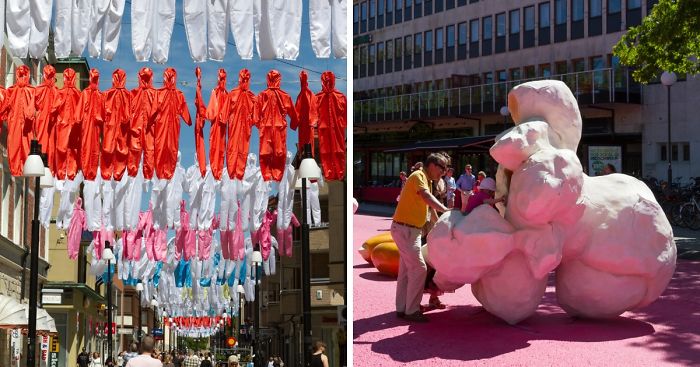
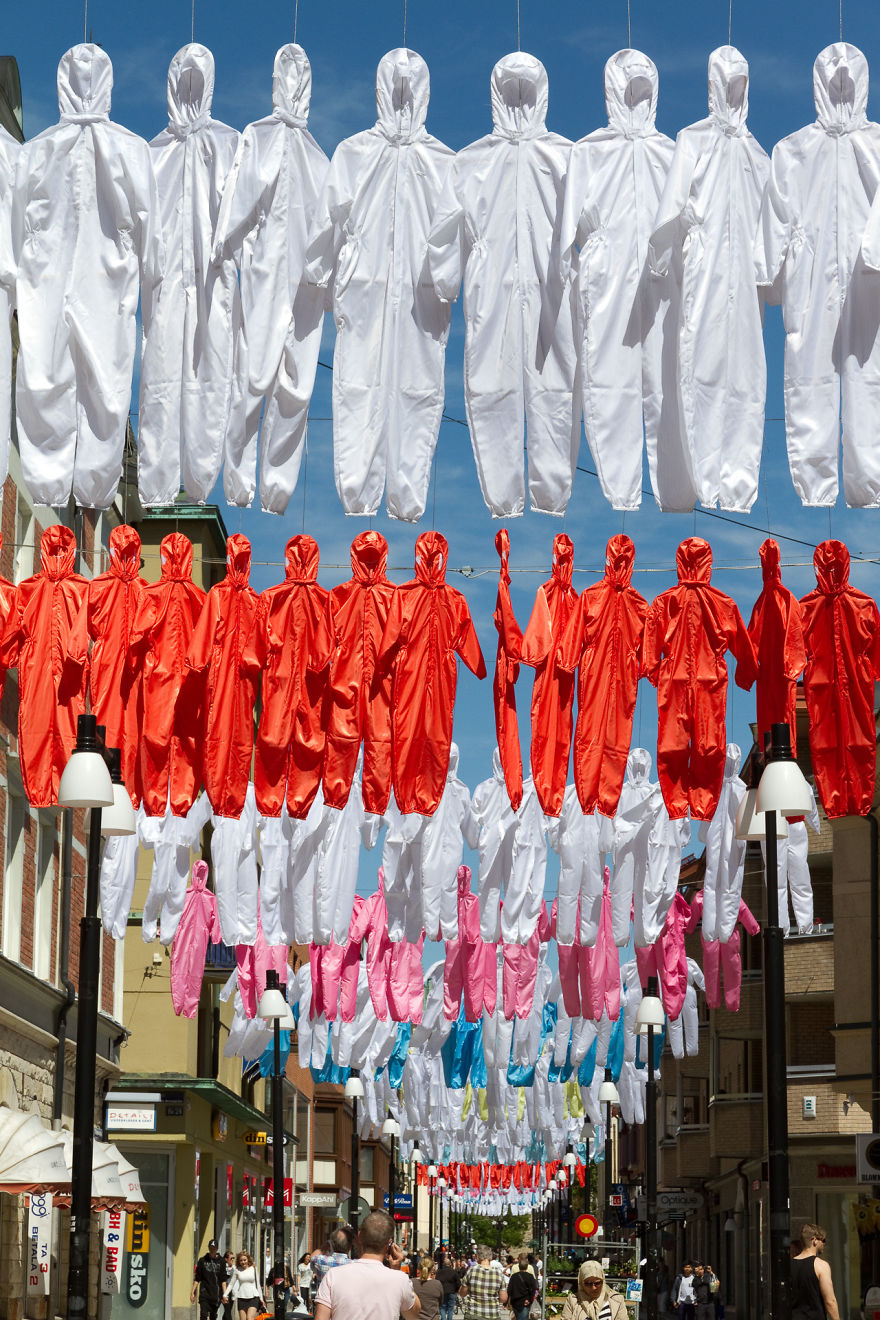
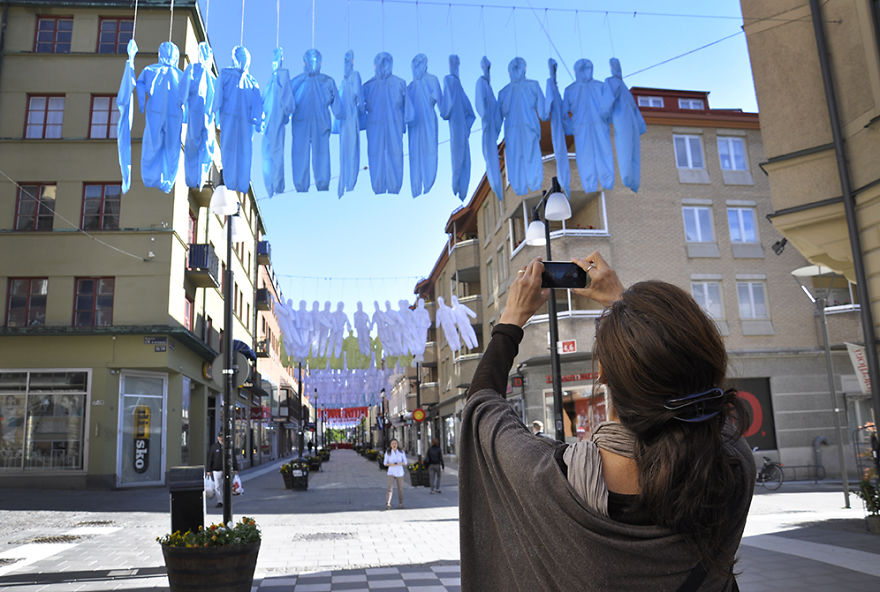
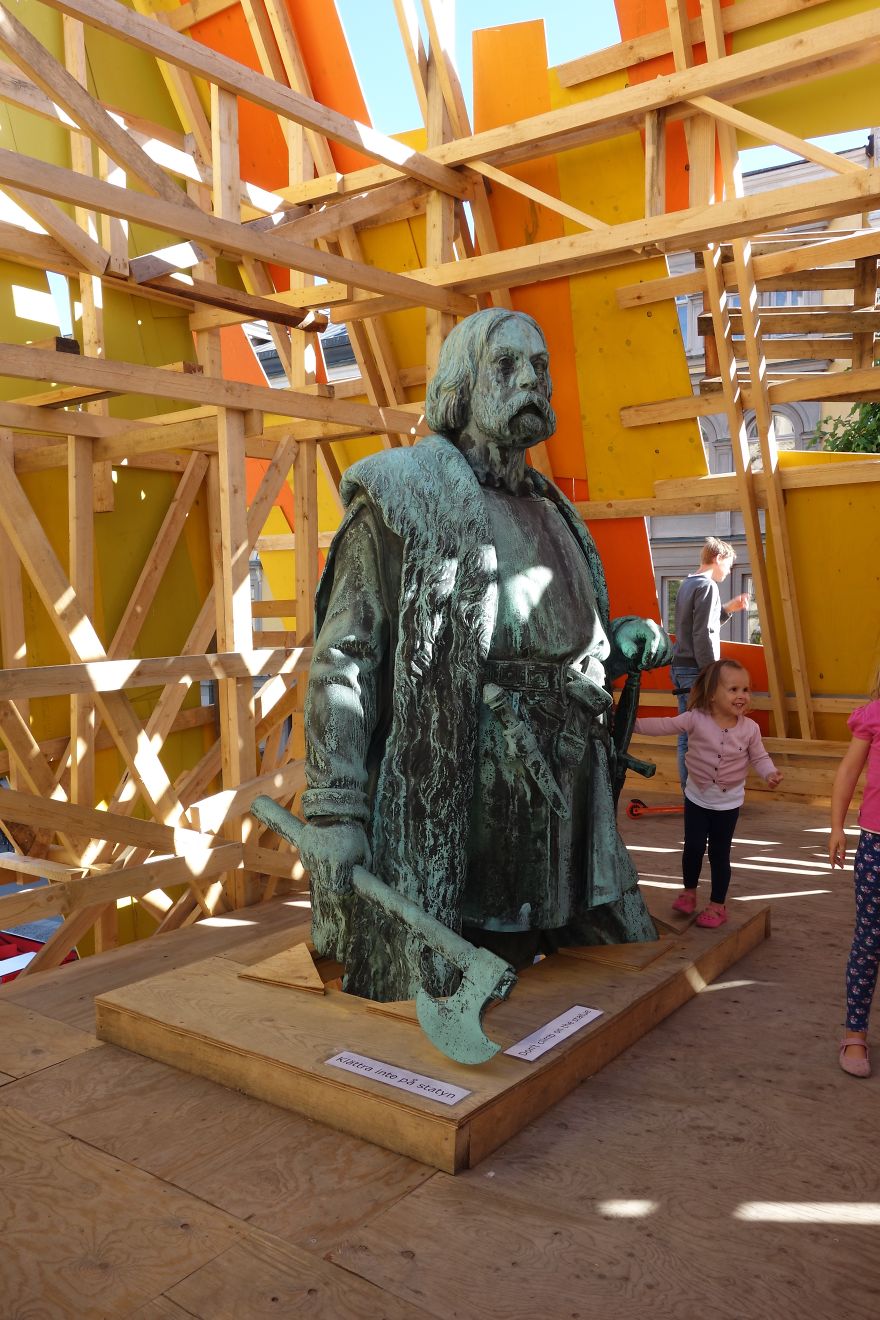
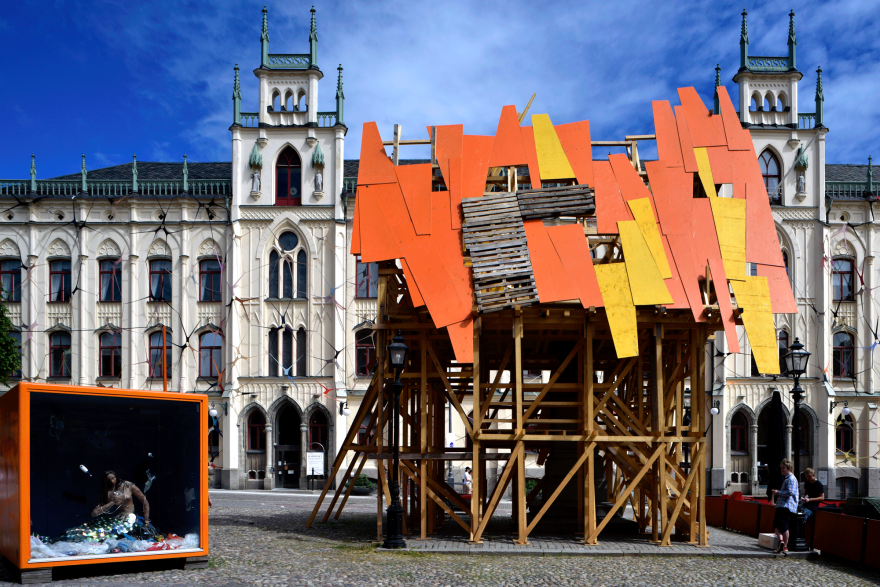
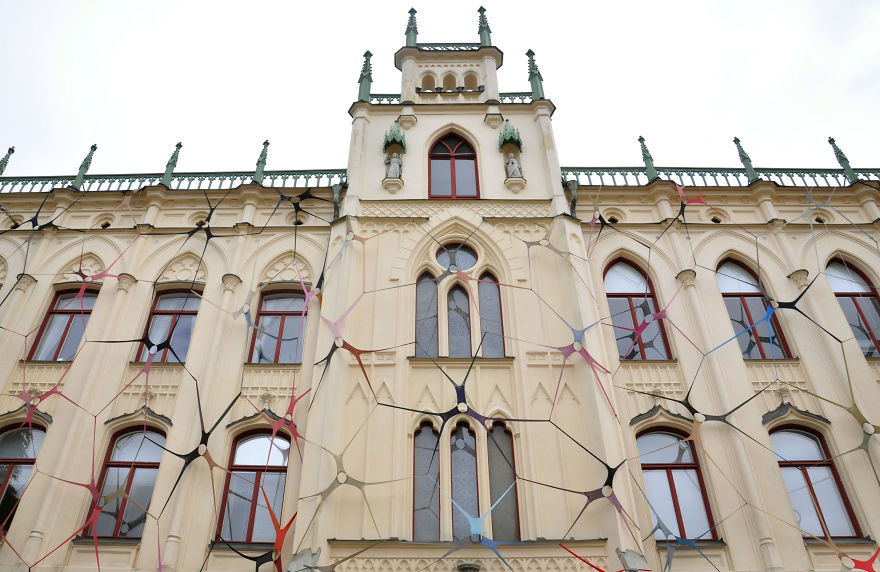
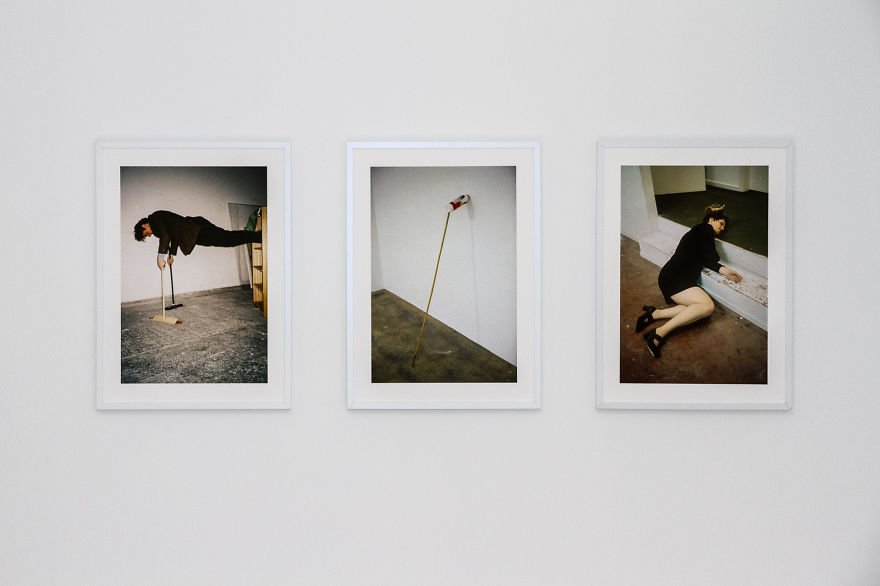
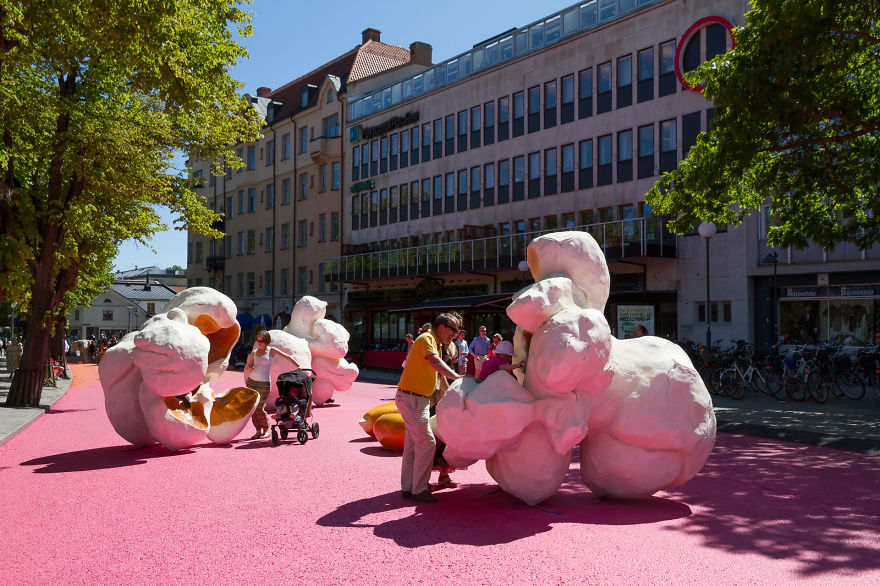
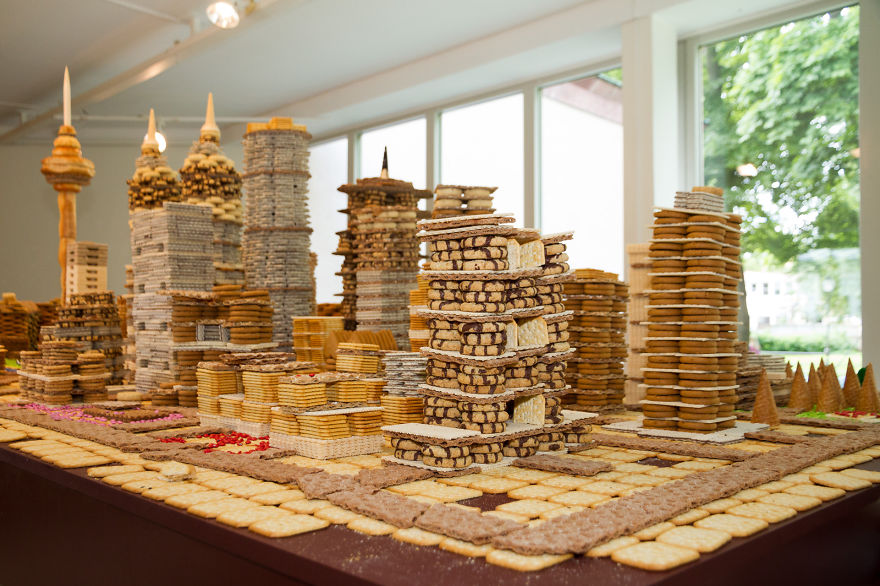
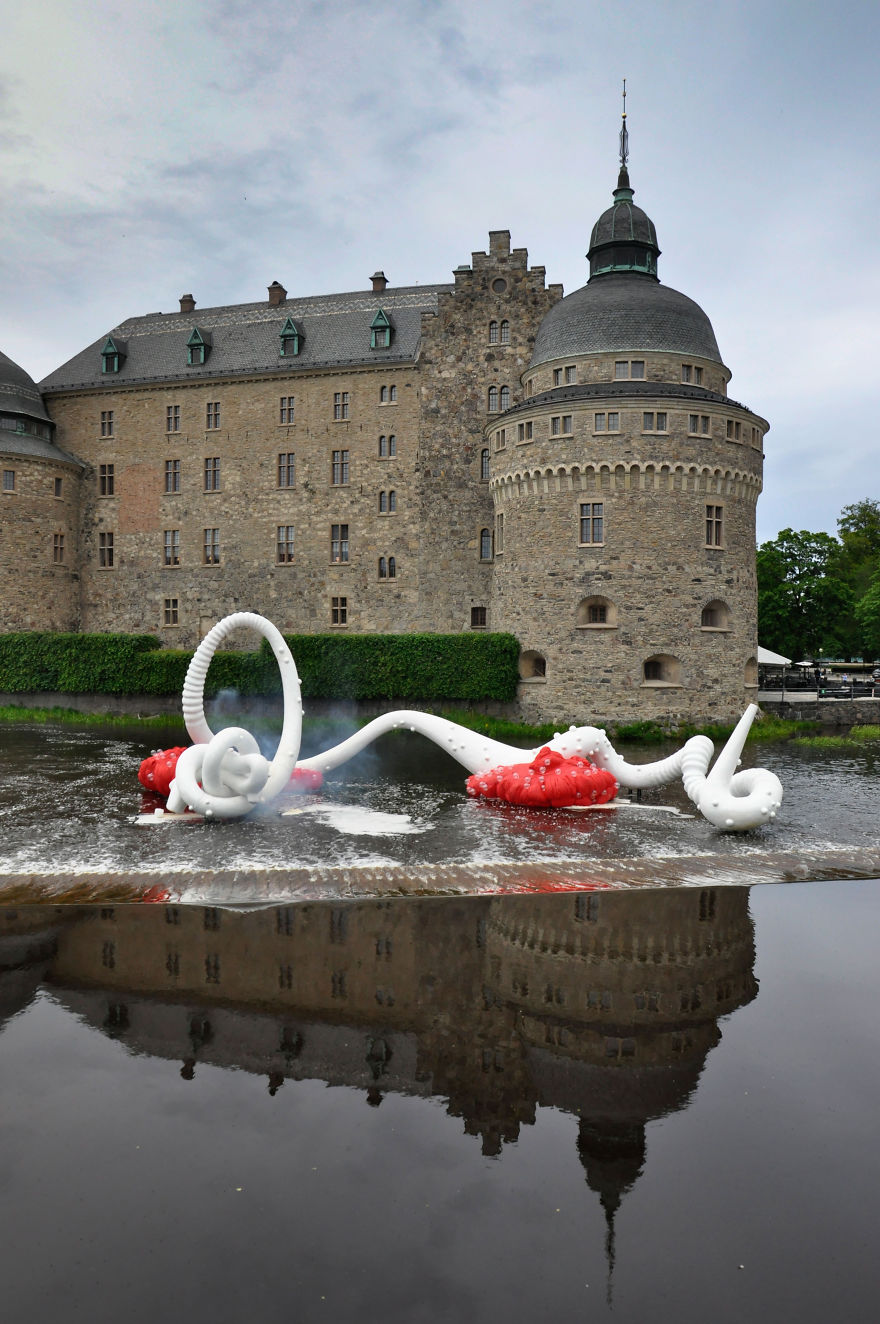
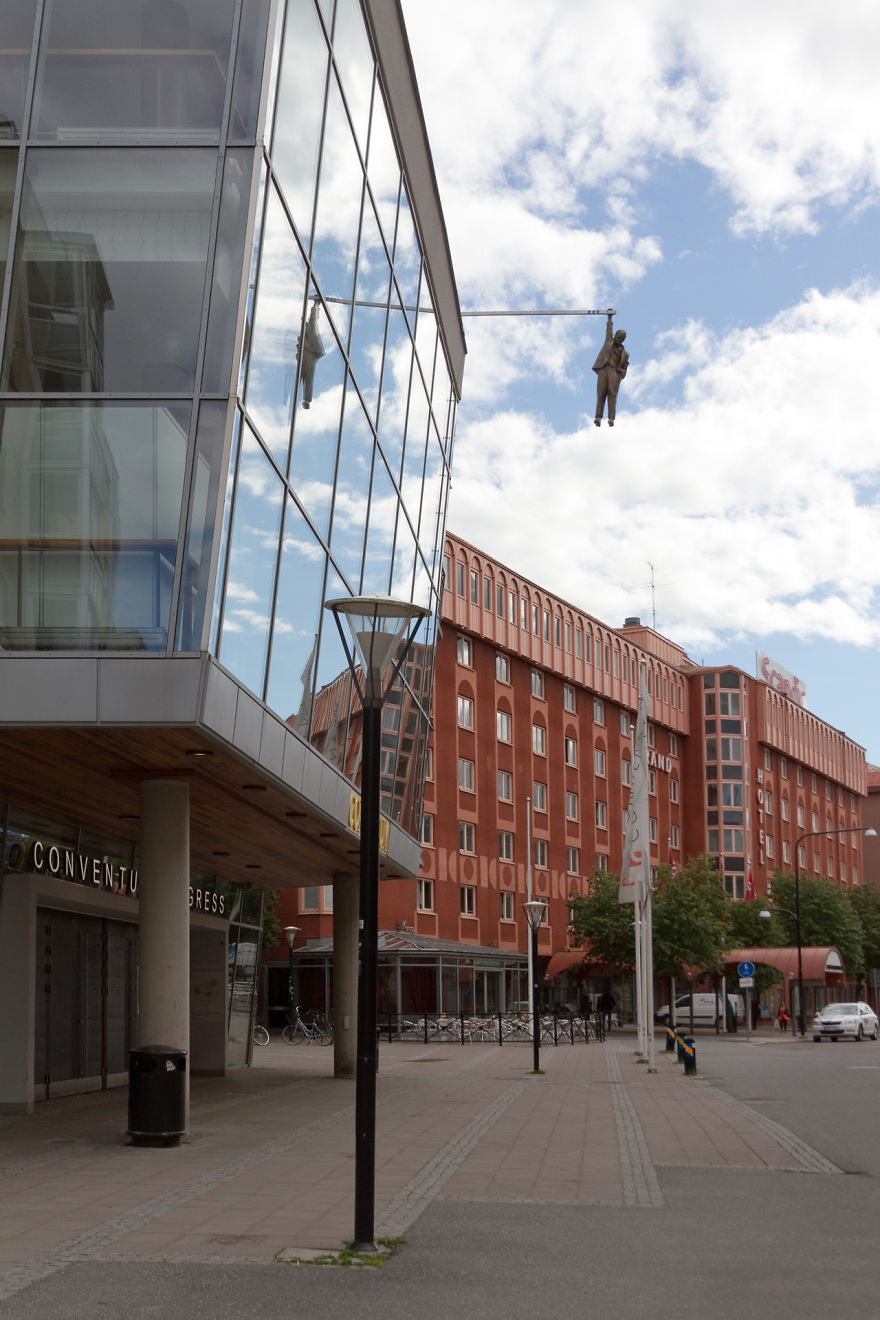
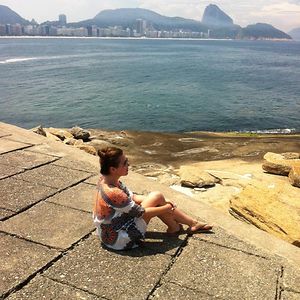


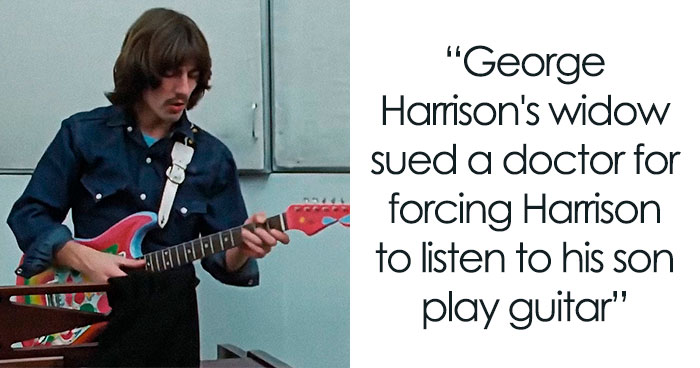

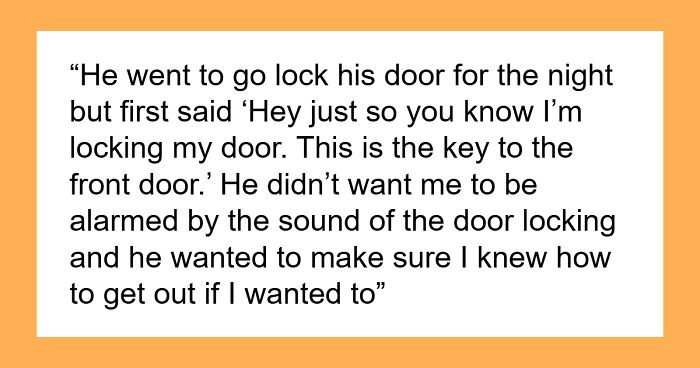
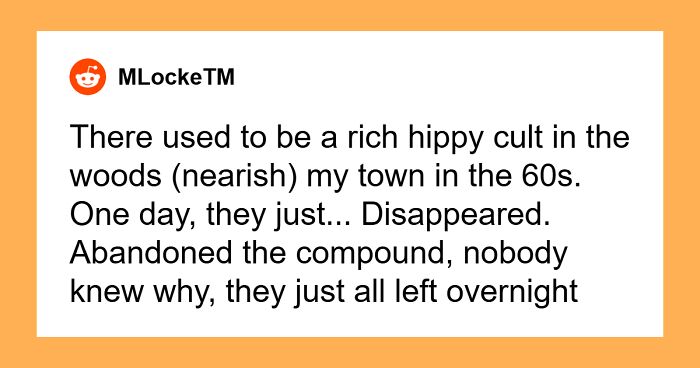

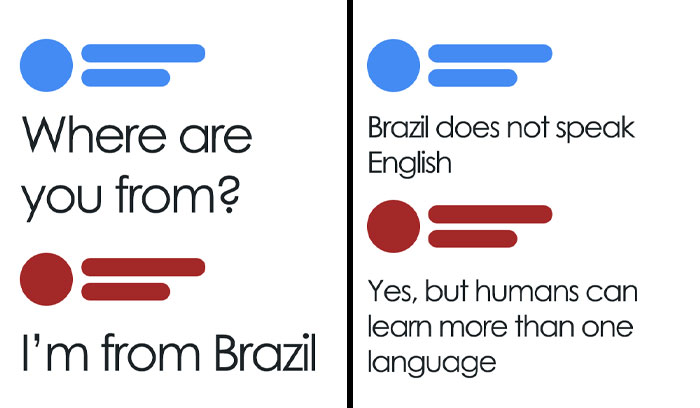
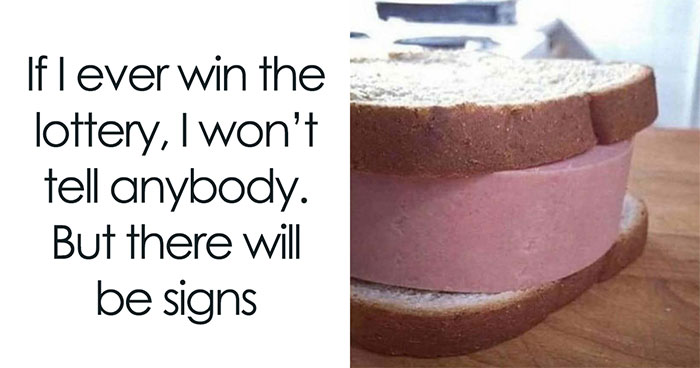
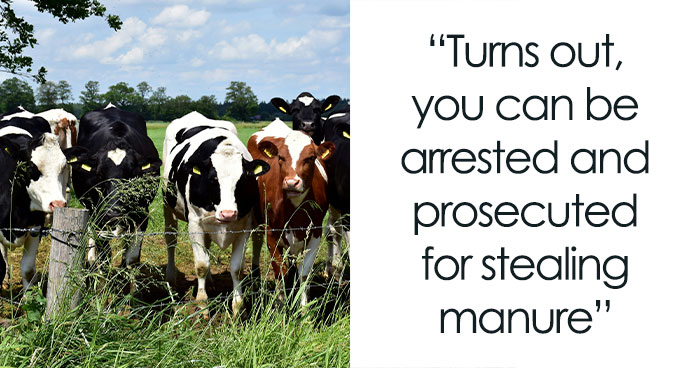
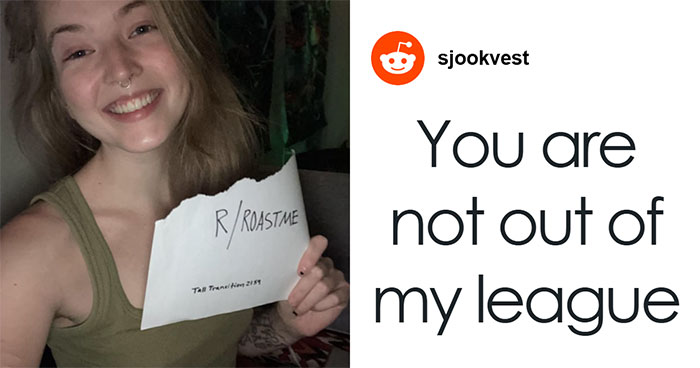
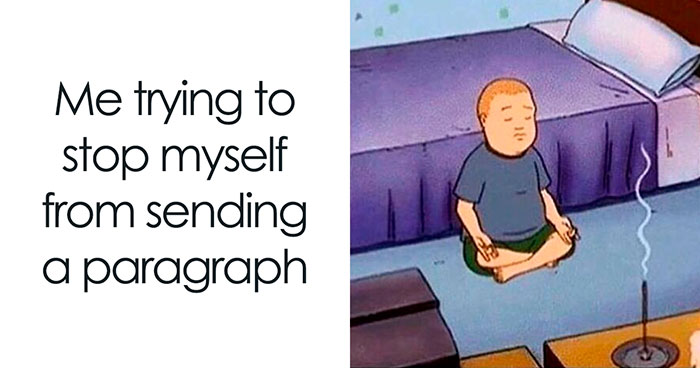
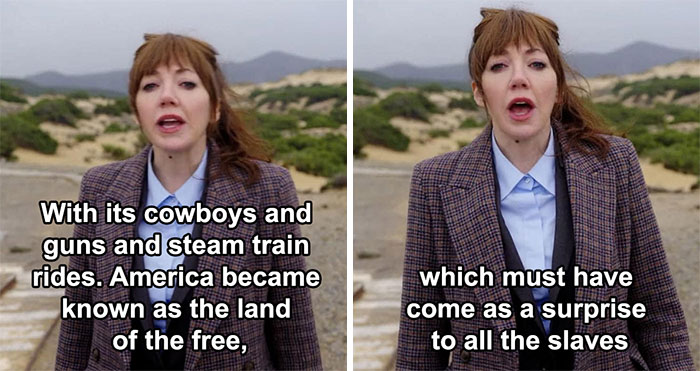

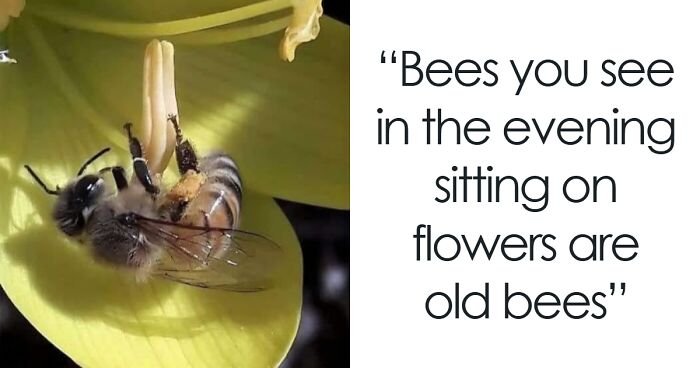
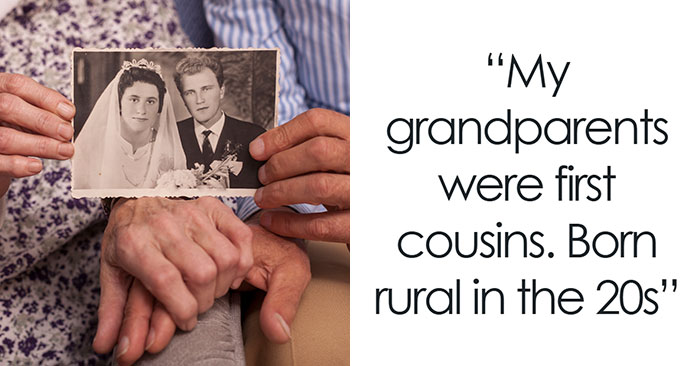


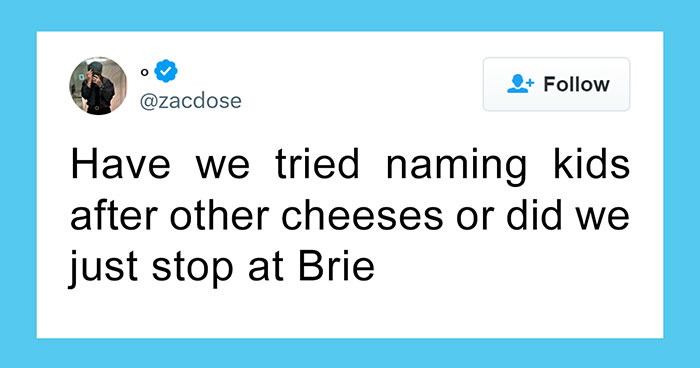



48
0